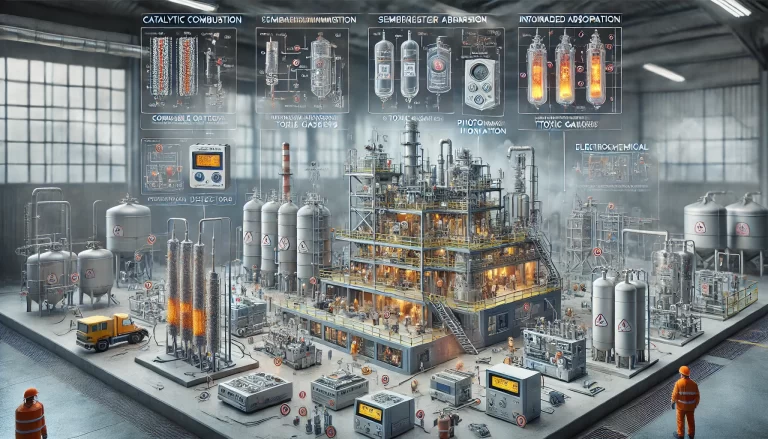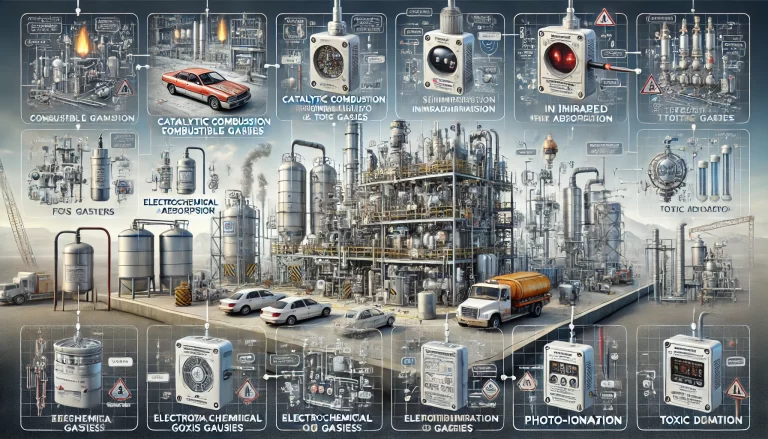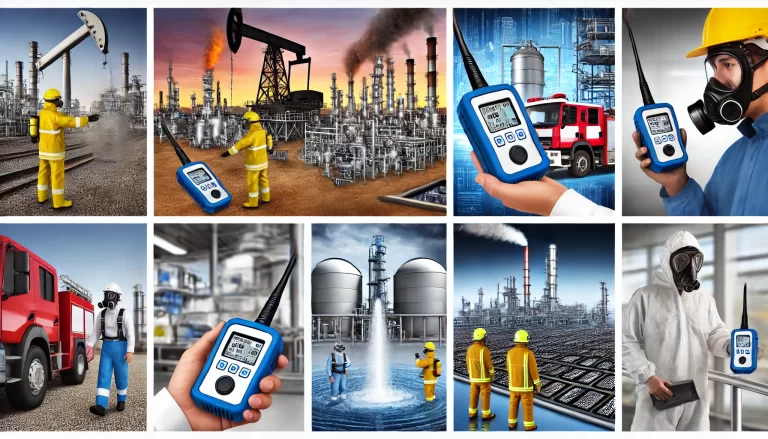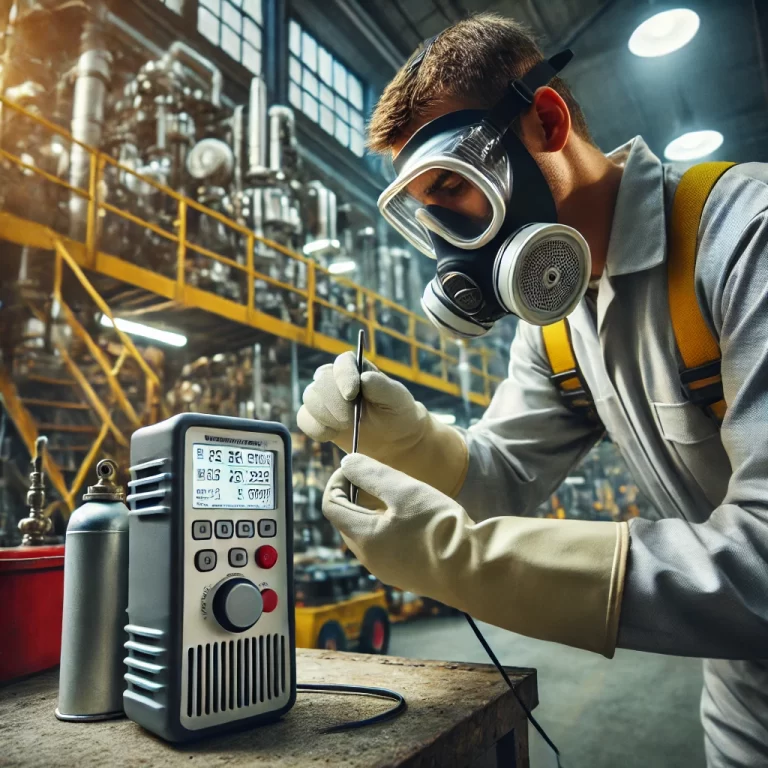Flammable gas detectors are essential safety devices used in industrial, commercial, and residential settings to detect potentially hazardous gas leaks and prevent explosions. One common question is why these detectors are not set to trigger an alarm at the gas’s Lower Explosive Limit (LEL) but instead at a much lower concentration. The answer lies in several critical safety, technical, and operational factors, which are discussed in detail below.

Understanding the Lower Explosive Limit (LEL)
The Lower Explosive Limit (LEL) is the minimum concentration of a flammable gas or vapor in air, expressed as a percentage of volume, at which it can ignite in the presence of an ignition source. If the gas concentration is below the LEL, it is too lean to burn; if it exceeds the Upper Explosive Limit (UEL), it is too rich to ignite. However, when the gas concentration is between the LEL and UEL, there is a significant explosion risk.
Why Not Set the Alarm at the LEL?
Setting the alarm threshold at the LEL would mean that the system only warns personnel when a gas concentration reaches the very edge of becoming explosive. This approach poses significant risks and is therefore not used. Instead, gas detectors are typically set to alarm at much lower levels, often at 20-25% of the LEL for the first alarm level and 50-60% of the LEL for the second alarm level. The reasons for this include:

1. Providing a Safety Margin
The primary goal of a gas detection system is to provide an early warning before a situation becomes hazardous. If the alarm were set at the LEL, by the time it is triggered, the environment would already be at risk of explosion, requiring immediate evacuation and emergency response. By setting the alarm at a much lower concentration, operators have ample time to take corrective actions such as:
Identifying and stopping the source of the leak.
Increasing ventilation to disperse the gas.
Evacuating personnel if necessary.
2. Gas Dispersion and Variability
Gas leaks do not disperse uniformly in an environment. Concentration levels can vary significantly across different areas due to factors such as air currents, ventilation, and gas density. A sensor may detect a concentration below the LEL, while in another part of the facility, the concentration could already be within the explosive range. A lower setpoint ensures that even localized high concentrations are detected early enough to prevent ignition.
3. Sensor Response Time and Accuracy
Gas sensors have a response time that depends on the technology used (e.g., catalytic, infrared, semiconductor-based). If an alarm is set at the LEL and the sensor has a slight delay in detecting changes, the actual gas concentration could already be above the LEL when the alarm is triggered. Furthermore, environmental factors such as humidity, temperature, and sensor degradation over time can affect accuracy. A lower alarm threshold compensates for these factors by ensuring that safety measures can be initiated before concentrations become dangerous.

4. Avoiding Delayed Emergency Response
In many industrial settings, emergency protocols and shutdown procedures need time to be effectively executed. By setting the alarm below the LEL, operators can initiate response actions before a hazardous situation develops. This can include stopping operations, sealing off affected areas, and deploying firefighting or gas suppression systems.
5. Compliance with Safety Regulations
Many occupational safety and health organizations, such as the Occupational Safety and Health Administration (OSHA) in the U.S. and the European Agency for Safety and Health at Work (EU-OSHA), require that gas detection systems have alarm levels set well below the LEL. These regulations are based on decades of research and real-world incident analysis, ensuring that industries adhere to best practices in hazard prevention.
Standard Alarm Setpoints for Flammable Gas Detectors
The exact alarm setpoints can vary depending on the industry and specific gas in question, but general guidelines include:
First Alarm Level (Low-Level Warning): Set at 20-25% of the LEL. This level prompts an early warning to investigate potential gas leaks.
Second Alarm Level (High-Level Warning): Set at 50-60% of the LEL. At this stage, immediate action is required to prevent further escalation.
Shutdown Alarm (Critical Level): Some systems may have an emergency shutdown threshold at around 60-100% of the LEL, triggering automatic ventilation, shutdown of ignition sources, or full evacuation.

Conclusion
Flammable gas detectors are designed to detect gas leaks well before they reach dangerous levels, ensuring that corrective actions can be taken proactively. Setting the alarm at or near the LEL would significantly increase the risk of explosions due to sensor response delays, gas dispersion unpredictability, and the need for emergency response time. Instead, safety standards dictate setting alarm thresholds at a fraction of the LEL to allow early intervention and prevent catastrophic accidents. By understanding these principles, industries can maintain a safe working environment and comply with regulatory standards.
